If you’ve been on the internet lately, you’ve probably seen or seen a reference to the JAMA Pediatrics article on talking toys. More information: here.
(This post contains Amazon affiliate links.)
The study examined what happened when young children (ages 10 months-16 months) played with a parent with toys that a) make noise (electronic toys), b) books, and c) non-noisy toys. The study suggested that electronic toys, games and apps – even those that state they build language – are not effective in building language, and in fact may be a detriment to exposing children to language models. Books and non-noisy toys were found to result in more words spoken by the parent (and therefore more language modeling).
The study indicates using books (best results) or non-talking toys like stacking blocks (second best results) result in more language modeling for young children. More research will be done on why and further information on what this means for childhood language development, but this study has gotten a lot of press because of its implications about how the kinds of toys we use to play with children impacts how much we model language. The more parents model language, the better for children.
Here are three alternatives that even my youngest clients enjoy playing with that don’t talk, have flashing lights or music, and can encourage language development (as long as the parent/play partner is interacting and modeling language):
1 | Books
In this study, books resulted in the highest amount of language modeled by the parent/play partner. Books my youngest clients enjoy include: Pat the Bunny, Goodnight Moon, The Very Hungry Caterpillar, Moo Baa La La La!, and Where’s Spot?. When you are playing with a book, consider it an interaction tool. Make noises with the animals, make a big deal of turning the page and getting help, ask your child to point to objects on the page (point together), ask your child questions (“what’s that?”) as you read. Remember, a book isn’t just the words on the page, a book is a vocabulary and interaction tool. What the book says isn’t as important as the language you use when you are interacting with the book.
2 | Shape Sorters
My favorite shape sorter is the Battat Sound Puzzle Box, the one I have is no longer available, but this one is similar. My version has a circle, triangle and square shape with a bear’s face on them. As the child puts the shape in the right compartment, he or she can watch it travel down the clear tube as it makes a soft “wah-wah-wah” noise. Some of my young clients call it the “quack toy,” because they say it sounds like a duck! Since we are specifically talking about toys that don’t make a lot of noise, I do want to mention this sound is a soft sound and holds children’s attention as you use exclamations “uh oh!” or “wow!” to talk about the sound and what is happening in the puzzle. I like that you can see the shape as it falls down the shape sorter, so you can talk about what you are seeing.
3 | Farm and Barn Toys
I’m not sure why there is such a fascination with farm toys with my youngest clients (the animals? the farm setting?), but they love them! I like farm sets with barns with upper and lower levels and doors that can open and close. Also (this may be more important to me than the typical user), the animals must look like real animals. The more stylized they are, the more difficulty my clients have identifying them.
These toys encourage learning animal names and sounds, following directions and concepts (next to, on top of, near), and learning how and farm works and what animals do.
I am still searching for the perfect barn set. I’m currently using the Djeco barn set, which my clients enjoy, and you can find here. I like that there are interchangeable parts and each child can build their own barn, but I wish the pieces had more details (like doors that could open and close), interlocking pieces, and that a few of the animals were less stylized (the sheep is really hard to identify). That said, this barn set gets a lot of play, and my clients love it!
Remember, the most important “toy” is the child’s communication partner. You don’t need fancy toys to build your child’s language skills.
If you are looking for a speech therapy clinic in Ashland Oregon, visit my contact page for more information. My speech therapy clinic serves clients in the Ashland, Talent, Phoenix, Medford Oregon and the surrounding areas. I have years of experience working with children, and I enjoy working on speech and language skills through play.

